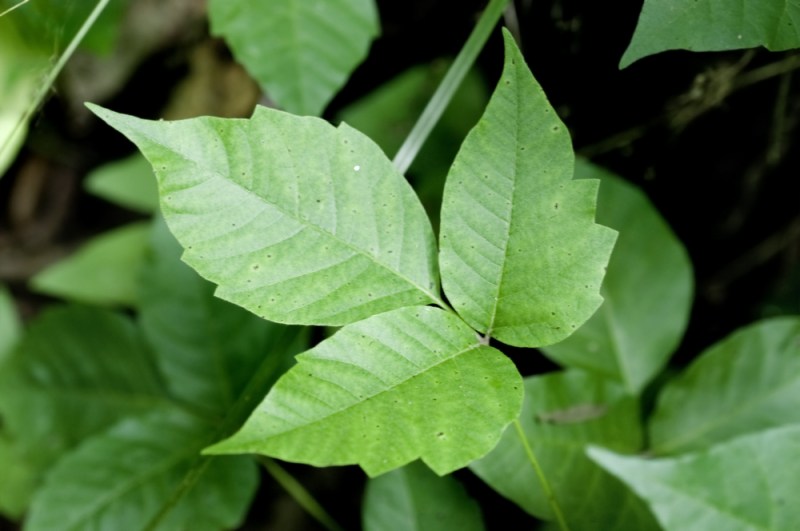
Summer is a season of outdoor adventures and exploration. However, hidden amongst the foliage are plants that can cause itching, rashes, and discomfort. While poison ivy is notorious for its irritating effects, there are several other plants that can cause similar reactions.
Not sure what to avoid on your next hiking trip? Understanding what these poison plants look like, their common look-alikes, symptoms, and how to alleviate the itching can help you enjoy a rash-free summer.
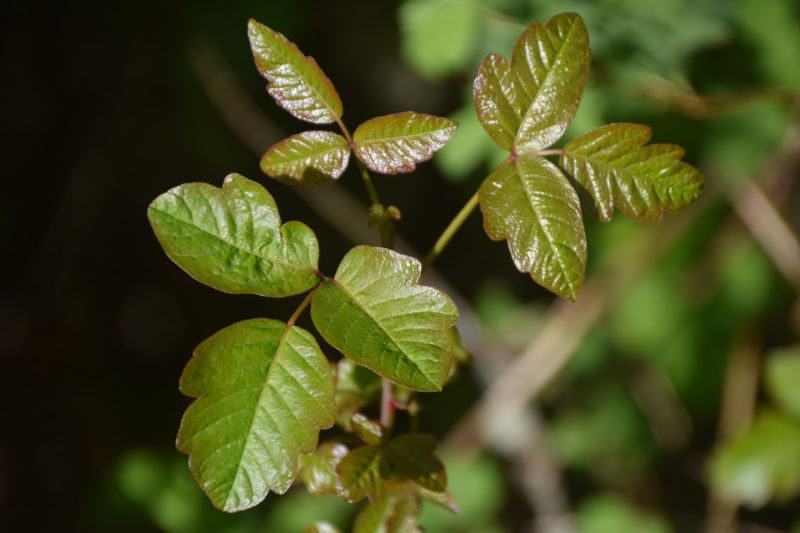
Poison oak
Poison oak has a distinctive appearance. It typically grows as a shrub or vine, with its leaves arranged in clusters of three leaflets, similar to poison ivy. The leaves resemble the ones on an oak tree — hence its name.
Common look-alikes
Despite its distinctive appearance, poison oak can sometimes be mistaken for other plants. Two common look-alikes are boxelder and Western Virginia creeper, but both of these have leaves in clusters of five, so you can easily tell them apart from poison oak.
Symptoms
Upon touching any part of poison oak, your skin will become irritated by the resinous oil called urushiol. This oil triggers an allergic reaction in most people, leading to the development of red, itchy rashes. The affected area may also swell, and in severe cases, blisters may form, causing further discomfort. If left untreated, the rash can progress to oozing and scarring, so address it right away.
Treatment
In case of poison oak exposure, first, rinse the affected area thoroughly with cold water and mild soap to remove any urushiol oil. Avoid using hot water, because it can open pores and allow the urushiol to penetrate deeper into your skin. Wear gloves to protect your hands.
After cleansing the area, apply calamine lotion or hydrocortisone cream to reduce itching and inflammation. These topical remedies provide temporary relief from the discomfort. Additionally, over-the-counter antihistamines can help alleviate itching and redness. However, in cases of severe rashes or if the symptoms persist, seeking medical attention is essential. A healthcare professional may prescribe stronger topical steroids or oral medications to manage the symptoms effectively.
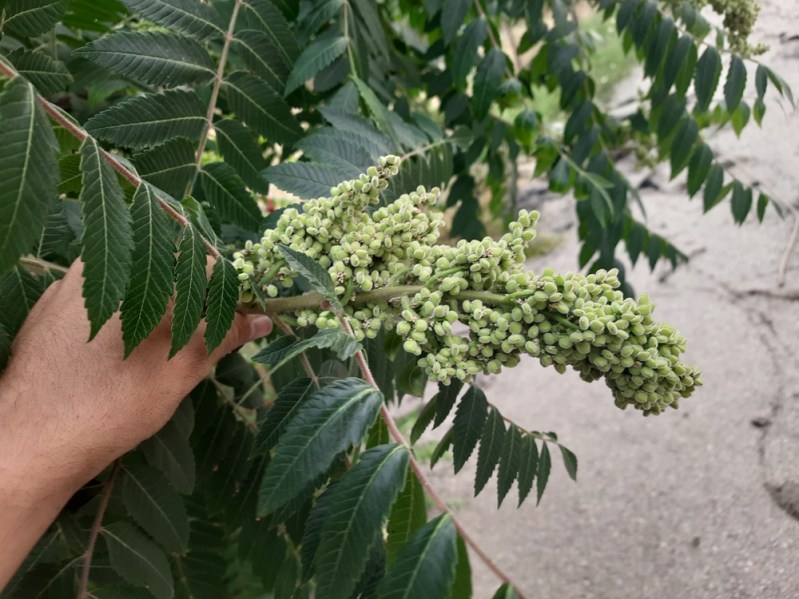
Poison sumac
Poison sumac is a shrub or small tree that can be found in wetlands and swampy areas. It can be identified by its clusters of 7-13 leaflets, which have smooth edges and a glossy texture.
Common look-alikes
While poison sumac may resemble harmless sumac varieties like the smooth sumac, the key differentiator lies in their habitat – poison sumac thrives in wet environments, whereas smooth sumac prefers drier locations.
Symptoms and treatment
Like poison oak, poison sumac also contains urushiol in the plant’s leaves, stems, and berries. If you find yourself exposed to poison sumac, treat it the same way as poison oak. Seek medical advice for severe or persistent symptoms.
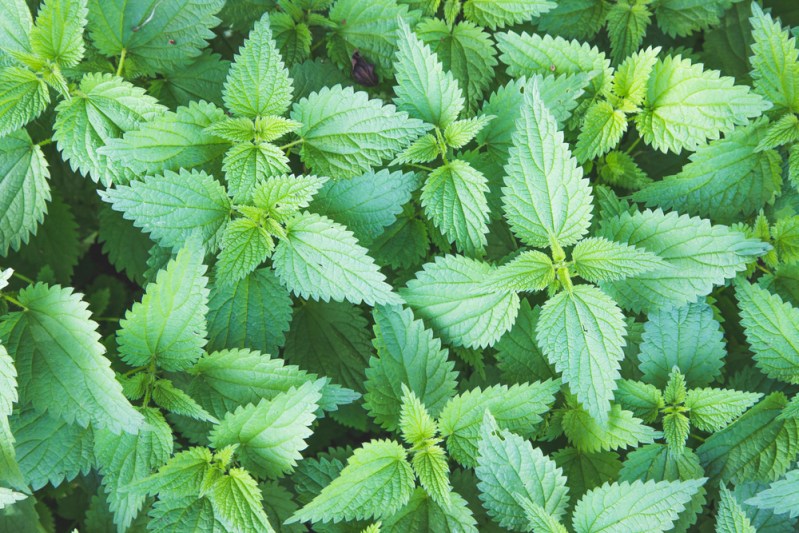
Stinging nettle
Stinging nettle is a herbaceous plant known for its characteristic stinging hairs that cover its leaves and stems. It is easily identifiable with its serrated leaves and whitish-green flowers. While stinging nettle can have benefits when cooked, dried, or freeze-dried, fresh stinging nettle can cause irritation.
Common look-alikes
Stinging nettle can be mistaken for similar-looking plants like deadnettle and mint, except these two lookalikes don’t have the stinging hairs.
Symptoms
If you touch stinging nettle, you’ll know immediately. The stinging hairs on the plant act like tiny needles that inject chemicals into your skin, causing a burning sensation, itching, and redness. In some cases, the reaction may be more severe, leading to the development of hives or blisters. A person could also have an allergy to stinging nettle — in these rare cases, seek medical attention.
Treatment
If stung by stinging nettle, don’t touch or scratch the area because you will cause the chemicals to spread. Instead, wait about 10 minutes and then rinse the area with cold water. Applying a cold compress can help soothe the burning sensation and reduce inflammation.
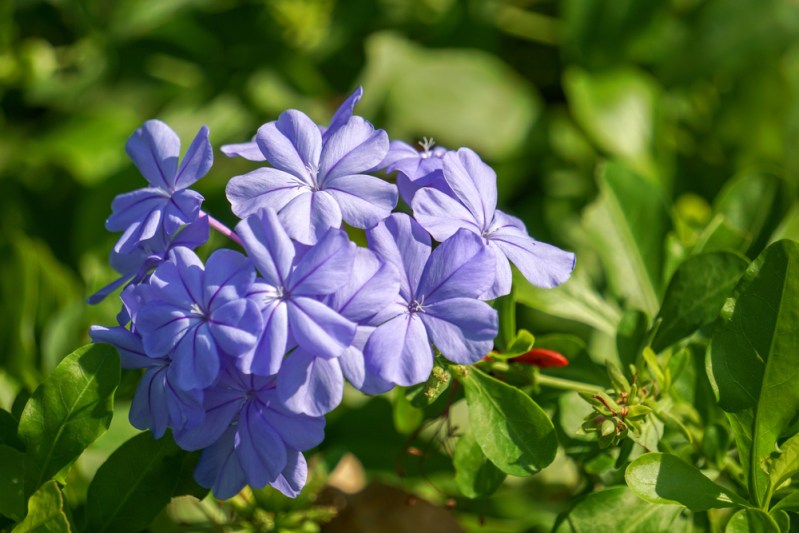
Leadwort
Leadwort is a beautiful tropical shrub with clusters of small blue or white flowers and oval-shaped leaves.
Common look-alikes
Unlike the other plants on this list, Leadwort has a distinctive appearance, so if you see this plant around, it’s probably leadwort. Many people actually garden with this plant, so watch out.
Symptoms and treatment
Although leadwort may not be as notorious or severe as poison ivy or stinging nettle, it’s still no fun to touch. If you happen to come into contact with leadwort and experience skin irritation, wash the area with lukewarm water and mild soap, and apply a cold compress to soothe the area. Additionally, you can try an over-the-counter hydrocortisone cream.
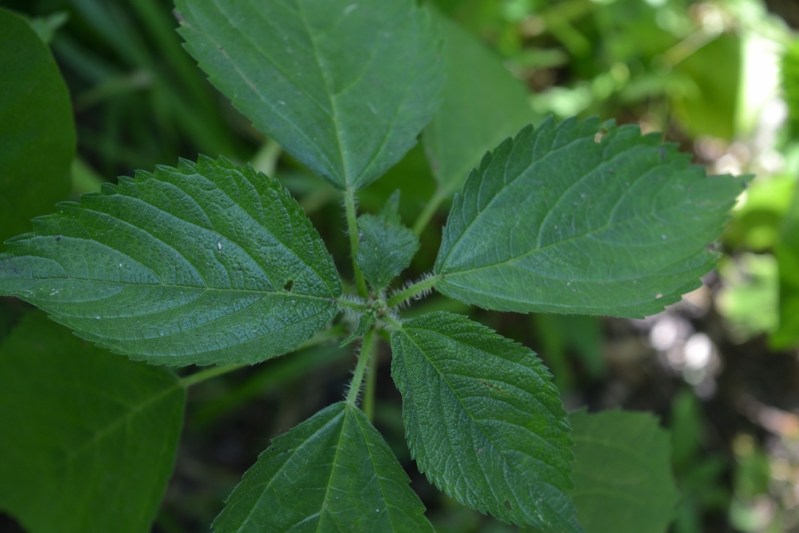
Wood nettle
Wood nettle leaves are deep green with prominent veins. While the leaves have some stinging hairs, the majority can be found on the stem.
Common look-alikes
Wood nettle shares a striking resemblance to its infamous relative, the stinging nettle, because of the serrated leaves and stinging hairs. This plant is commonly found in woodland areas, thriving in moist and shaded environments.
Symptoms and treatment
To alleviate the itch and discomfort caused by wood nettle, act promptly. Rinse the affected area with soap and water, and apply a cold compress to soothe the burning sensation.
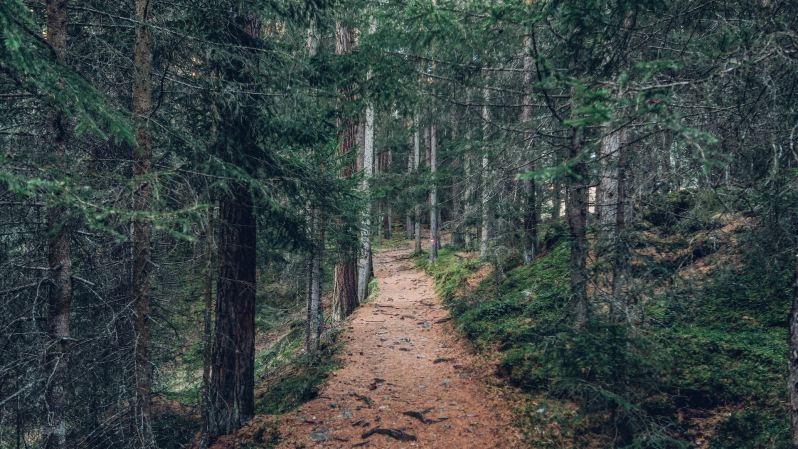
If you have trouble identifying these plants on your hike, there’s an app for that! And, if you suspect you’ve come into contact with any of these plants and experience itching or rashes, take immediate action to alleviate symptoms. If, at any point, your reaction is severe, be sure to seek out medical care. However, prevention is the best approach – wear appropriate clothing, use insect repellents, and stay on designated trails while exploring the outdoors.
Editors' Recommendations
- This easy trick tells you which merino wool base layer is right for your activity
- How to layer outdoor clothing like a pro, according to a U.S. Special Operations Forces survival expert
- The North Face is now making GORE-TEX denim because why not
- Why you need to be just as wary of moose as bear attacks (and what to do when you encounter one)
- Grand Canyon closures expected to last into 2025 – what to know before you go hiking or camping




